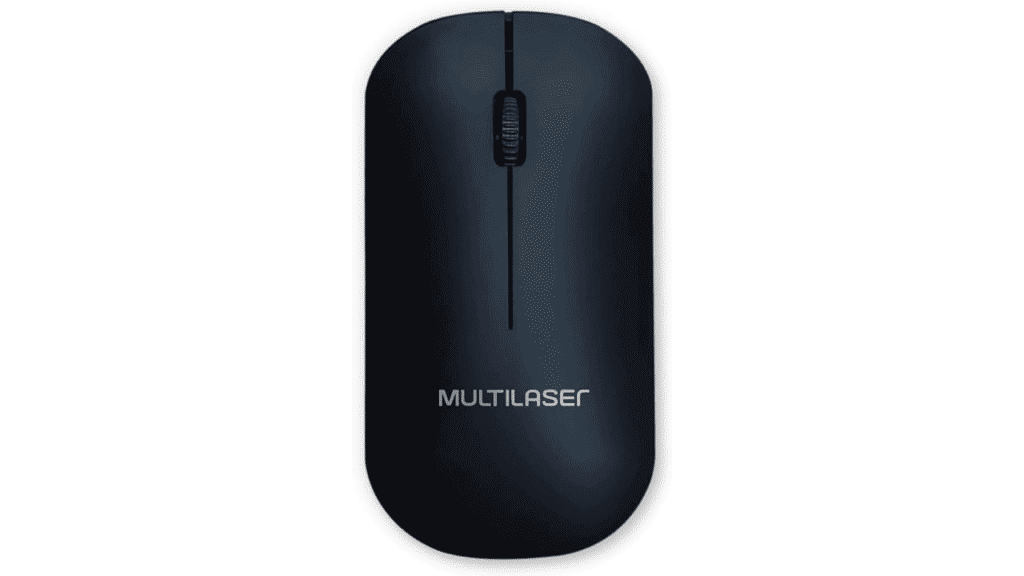O que é Wrist Alignment for Proper Hand and Wrist Positioning during Use (Mouse)
Wrist alignment for proper hand and wrist positioning during use, also known as mouse wrist alignment, refers to the correct positioning of the hand and wrist while using a computer mouse. It is a crucial aspect of ergonomics and plays a significant role in preventing repetitive strain injuries (RSIs) and other musculoskeletal disorders.
Importance of Wrist Alignment
Proper wrist alignment is essential for maintaining a neutral and natural position of the hand and wrist during mouse use. When the wrist is aligned correctly, it helps distribute the pressure evenly across the hand and forearm, reducing the strain on specific muscles and tendons. This alignment also minimizes the risk of developing conditions such as carpal tunnel syndrome, tendonitis, and wrist pain.
How to Achieve Wrist Alignment
There are several key factors to consider when aiming for proper wrist alignment during mouse use. Firstly, the mouse should be positioned at a comfortable distance from the edge of the desk, allowing the forearm to rest comfortably on the surface. The wrist should be in a neutral position, neither flexed nor extended, and aligned with the forearm.
Using a Mouse Pad with Wrist Support
Using a mouse pad with wrist support can greatly assist in achieving proper wrist alignment. These mouse pads are designed with a cushioned area that supports the wrist and helps maintain a neutral position. The wrist support should be positioned in a way that allows the wrist to rest comfortably while keeping it aligned with the forearm.
Adjusting Mouse Sensitivity
Another important aspect of wrist alignment is adjusting the mouse sensitivity. A mouse that requires excessive force to move or click can strain the wrist and lead to discomfort. It is recommended to adjust the mouse sensitivity settings to a level that allows for smooth and effortless movement, reducing the strain on the wrist.
Using Ergonomic Mice
Ergonomic mice are specially designed to promote proper wrist alignment and reduce the risk of wrist and hand injuries. These mice often feature a contoured shape that supports the natural position of the hand and wrist. Using an ergonomic mouse can significantly improve comfort and reduce the strain on the wrist during prolonged computer use.
Taking Regular Breaks
Regardless of proper wrist alignment, it is crucial to take regular breaks during computer use. Prolonged periods of mouse use can still lead to muscle fatigue and strain, even with correct alignment. Taking short breaks every 30 minutes to an hour allows the muscles and tendons to rest and recover, reducing the risk of developing wrist and hand injuries.
Exercises and Stretches
In addition to maintaining proper wrist alignment, performing exercises and stretches can help prevent muscle imbalances and promote overall wrist and hand health. Simple exercises such as wrist rotations, finger stretches, and hand squeezes can improve flexibility and reduce tension in the muscles and tendons.
Using Keyboard Shortcuts
Reducing reliance on the mouse by utilizing keyboard shortcuts can also alleviate strain on the wrist. Keyboard shortcuts allow for quick and efficient navigation, minimizing the need for repetitive mouse movements. Learning and incorporating commonly used keyboard shortcuts into daily computer tasks can help maintain proper wrist alignment and reduce the risk of injuries.
Proper Posture
Proper posture is closely linked to wrist alignment during mouse use. Sitting in an ergonomic chair with proper back support and maintaining a neutral spine position helps align the entire upper body, including the wrists. Slouching or hunching over the desk can disrupt the alignment of the wrists and increase the risk of developing wrist and hand injuries.
Seeking Professional Advice
If experiencing persistent wrist pain or discomfort despite practicing proper wrist alignment, it is advisable to seek professional advice. A healthcare professional or ergonomics specialist can provide personalized recommendations and suggest additional measures to improve wrist and hand ergonomics.
Conclusion
In conclusion, wrist alignment for proper hand and wrist positioning during mouse use is crucial for maintaining ergonomic health and preventing injuries. By following the guidelines mentioned above and incorporating proper wrist alignment techniques into daily computer use, individuals can reduce the risk of developing musculoskeletal disorders and promote overall wrist and hand well-being.








